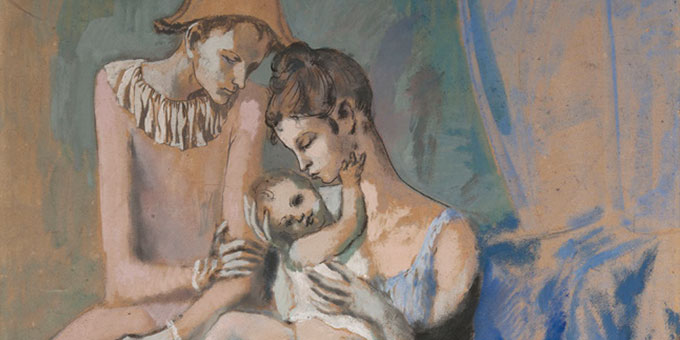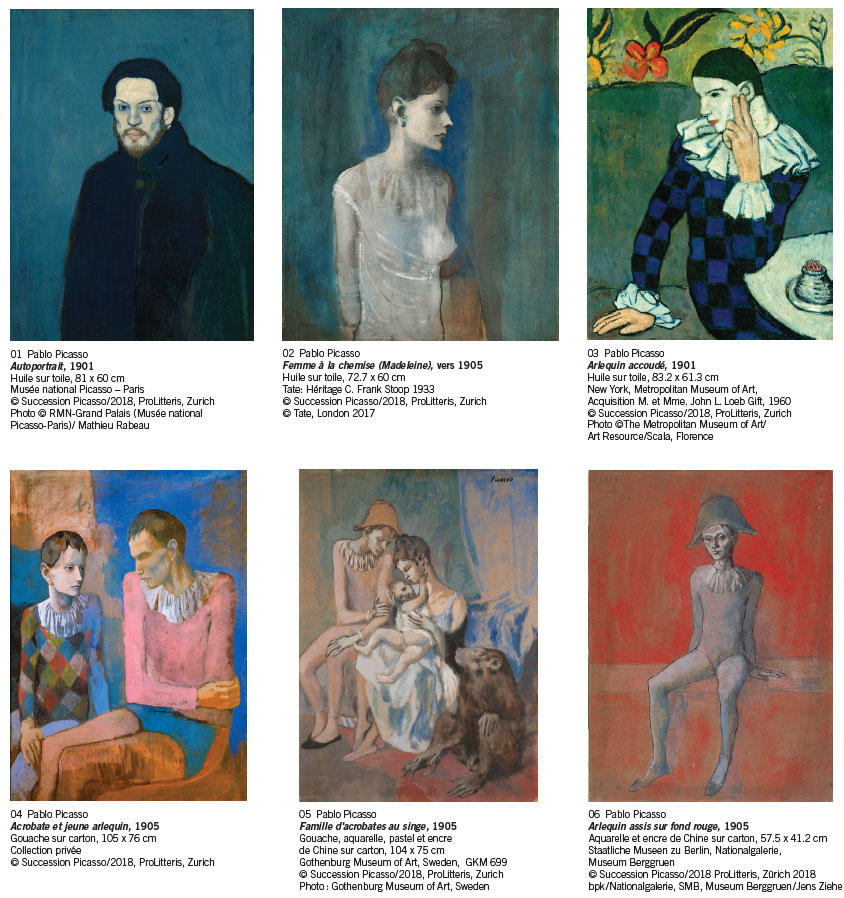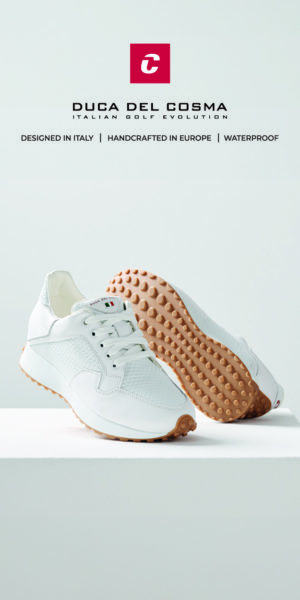Posted on July 25, 2018 in Arts & culture.
Young Picasso: The Blue and Pink Period
In what will be its most prestigious exhibition to date, the Beyeler Foundation is dedicated to the young Pablo Picasso and his paintings and sculptures from the so-called blue and pink periods from 1901 to 1906.

Family of Acrobats with a Monkey, 1905 - Gouache, watercolor, pastel and India ink on cardboard, 104 x 75 cm - Gothenburg Museum of Art, Sweden, GKM 699 - © Succession Picasso / 2018, ProLitteris, Zurich - Photo: Gothenburg Museum of Art, Sweden
This will be the very first time in Europe that a range of such density and quality of masterpieces from this important period will be shown in Europe, all of them milestones in Picasso's trajectory on the march towards his status of the most famous artist of the 20th century. The works of this period are among the most beautiful and moving in modern art and are among the most valuable and priceless works of art. It is very likely that they will no longer be brought together in a single place.
Barely 20 years old, Picasso (1881–1973) sets out in search of new pictorial themes and forms of expression, which he leads in the process to their full realization. Styles and pictorial universes follow one another at a frantic pace - one artistic “revolution” drives out the other. The exhibition focuses on the blue and pink periods and therefore on six years of creation of the young Picasso, which will play a central role for his work. It also opens the perspective to the historical birth of Cubism around 1907, which emerges from the previous phases of creation. The exhibition thus operates the junction with the collection of the Fondation Beyeler, whose oldest work by Picasso, an important study for the Demoiselles d'Avignon, dates precisely from this year.
The exhibition, organized chronologically, presents the beginnings of Picasso's trajectory, taking the human image as a point of reference. Taking again and again its momentum, the artist who then lived between Paris and Barcelona gravitated around the human figure. In the phase that began in 1901, dominated by the color blue, he looked at the misery and the psychological abysses of people on the margins of society. Around 1905, now established in Paris, his so-called rose period raised the hopes and desires of circus artists - jugglers, acrobats and harlequins to the rank of worthy pictorial motif.
In search of a new artistic authenticity, towards the middle of the year 1906 Picasso spent several weeks in the village of Gósol in the Spanish Pyrenees, where he created numerous paintings and sculptures that united classical and archaic bodily ideals. The ever-greater deformation and fragmentation of the figure, as they appear in “primitivist” representations, in particular of female nudes created on his return to Paris, finally heralds the cubist pictorial language, which is deployed from 1907.
In the overwhelming and bewitching works of the blue and pink periods produced in Spain and France, the young emerging painter Picasso then created works of universal significance. Existential and universal themes such as life, love, sexuality, destiny and death are embodied in young women and young men of delicate beauty as in children and old men marked by life who bear in them sensations such as happiness and joy but also loneliness and melancholy.
This large-scale exhibition presents around 80 paintings and sculptures, among the most famous masterpieces in the world and for the most part rarely loaned, from major museums in Europe, the United States, Canada, Russia, in China and Japan. The loans have been granted by renowned museums such as the National Picasso Museum in Paris, the Metropolitan Museum of Art in New York, the Tate in London, the National Gallery in Washington, DC, the Pushkin Museum of Fine Arts in Moscow, the National Museum of Art in Osaka, the Center Pompidou and the Musée de l'Orangerie in Paris, the Museu Picasso in Barcelona, the Centro de Arte Reina Sofía in Madrid, the Art Gallery of Ontario in Toronto and many others. Many other works come from important private collections and some of them are presented to the public again for the first time in decades.
The fruit of many years of preparation, it is to date the most complex and costly exhibition project in the history of the Fondation Beyeler. The exhibition will certainly be one of the major cultural events of 2019 in Europe. The expected works are all masterpieces and stars of the collections of their original museums. The exhibition is produced in cooperation with the Musée national Picasso and the Musée d'Orsay in Paris, where it will make a first stage in a slightly modified form. The exhibition at the Fondation Beyeler is curated by Dr. Raphaël Bouvier, exhibition curator at the Fondation Beyeler.
Information regarding opening times, ticket prices, guided tours and special offers will be posted on the website www.fondationbeyeler.ch from August 2018. The ticket office will open in November.
Drawing Now Art Fair: Tatiana Wolska winner 2024
The invention of language by Gertrude Stein and Pablo Picasso
The history of French women's golf at Golf du Sorbier









